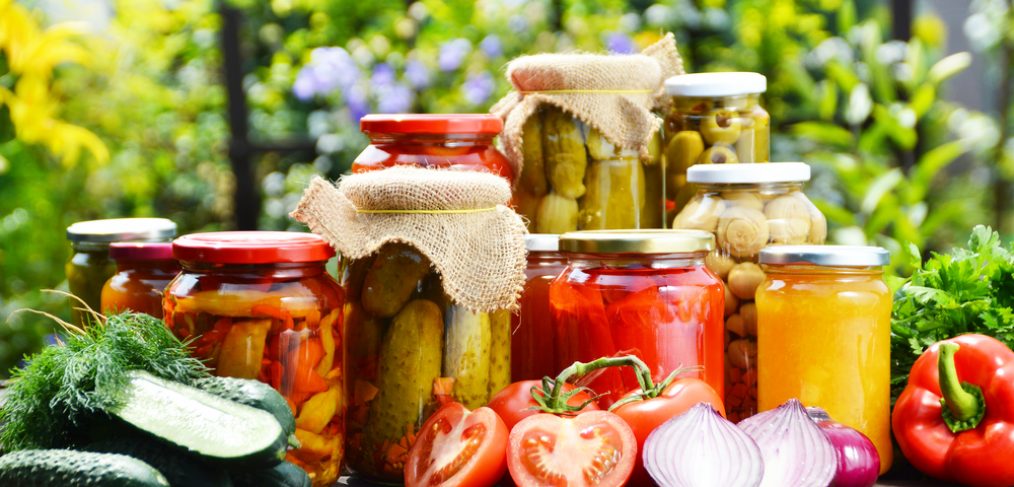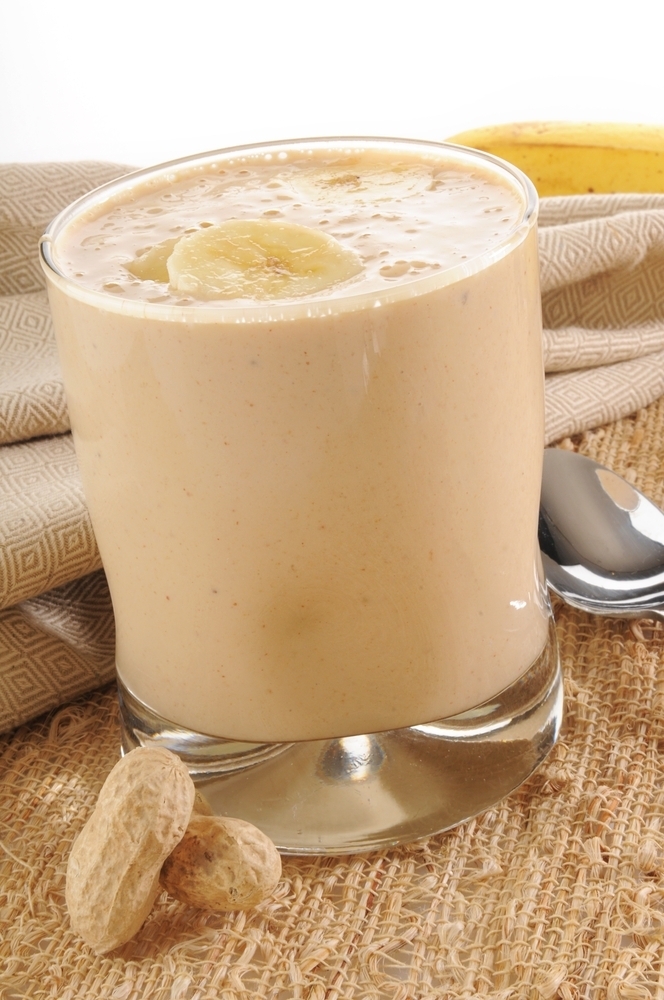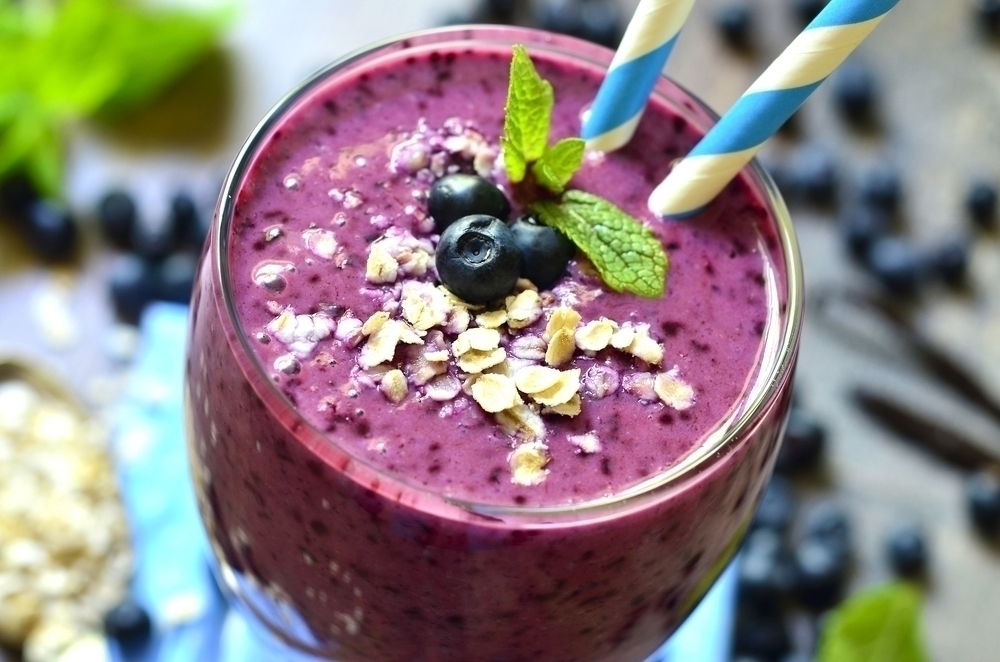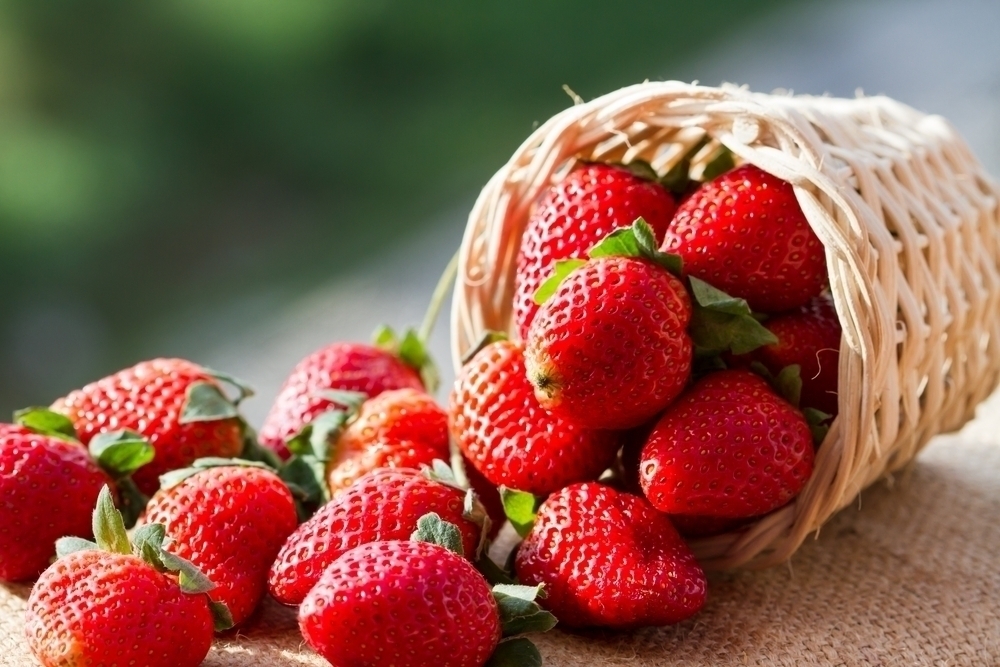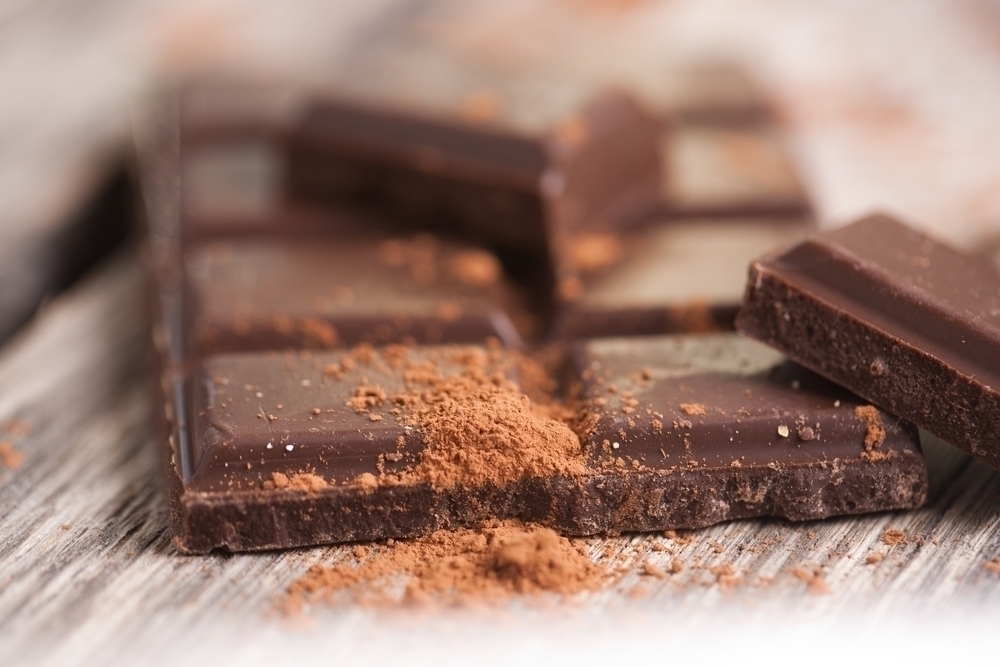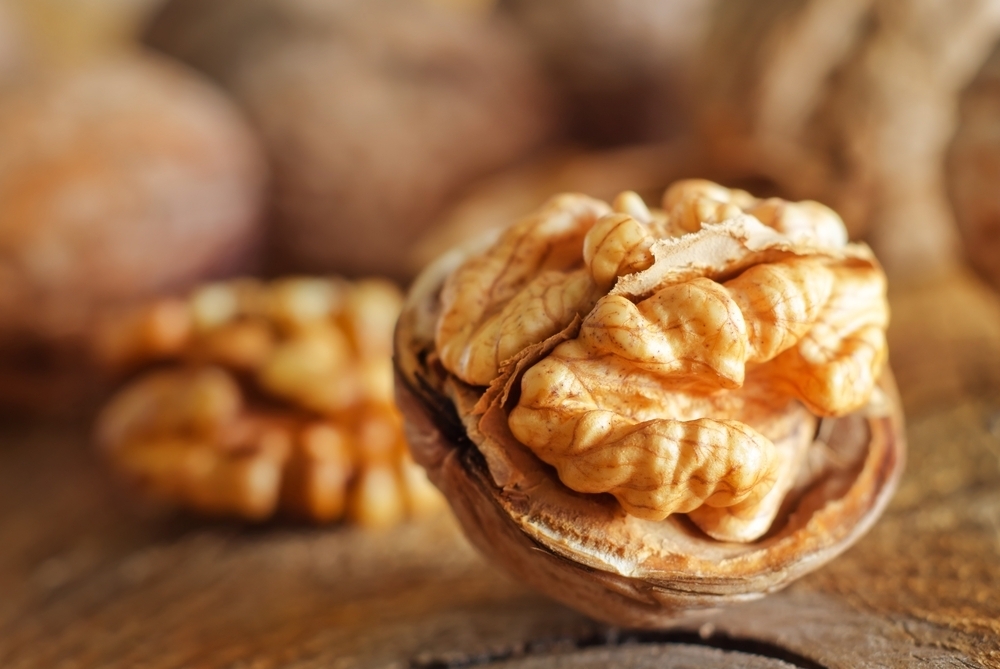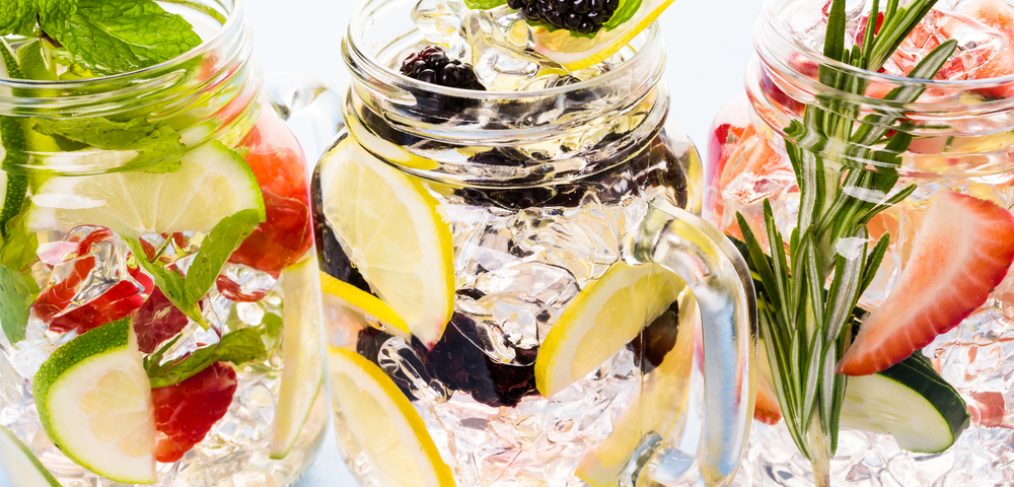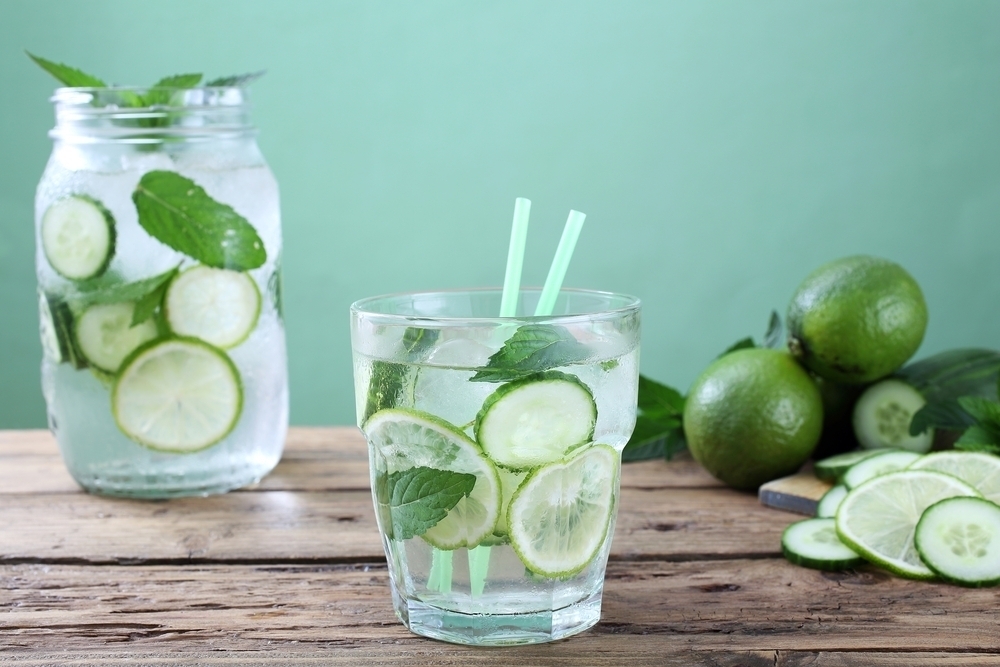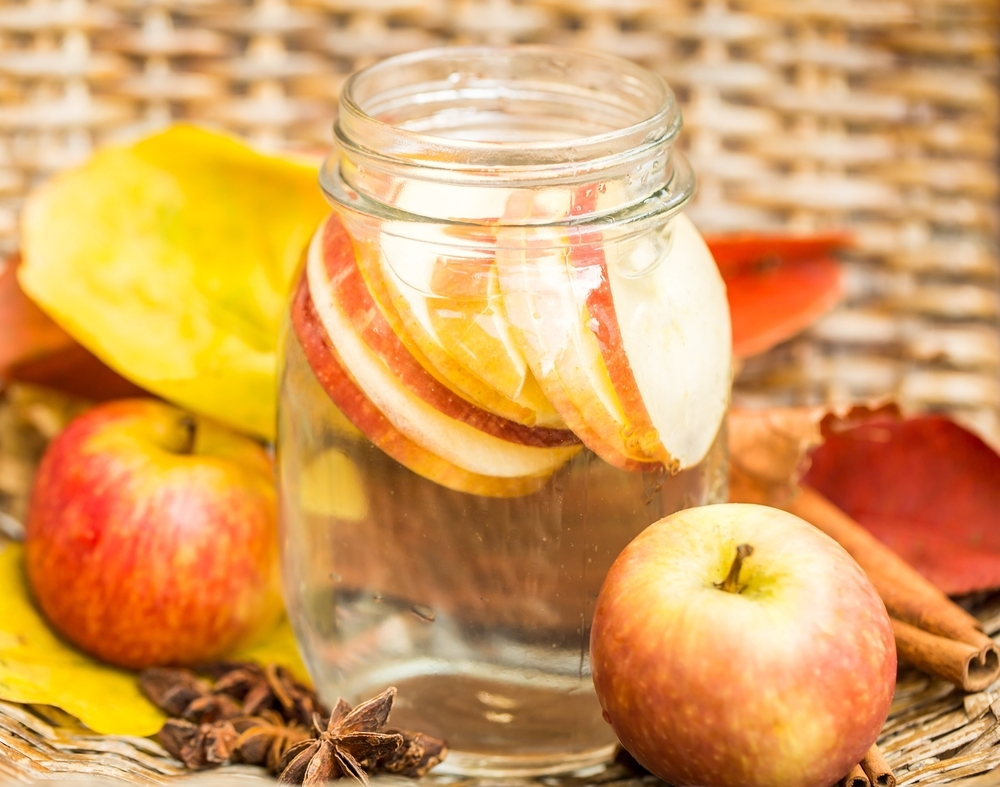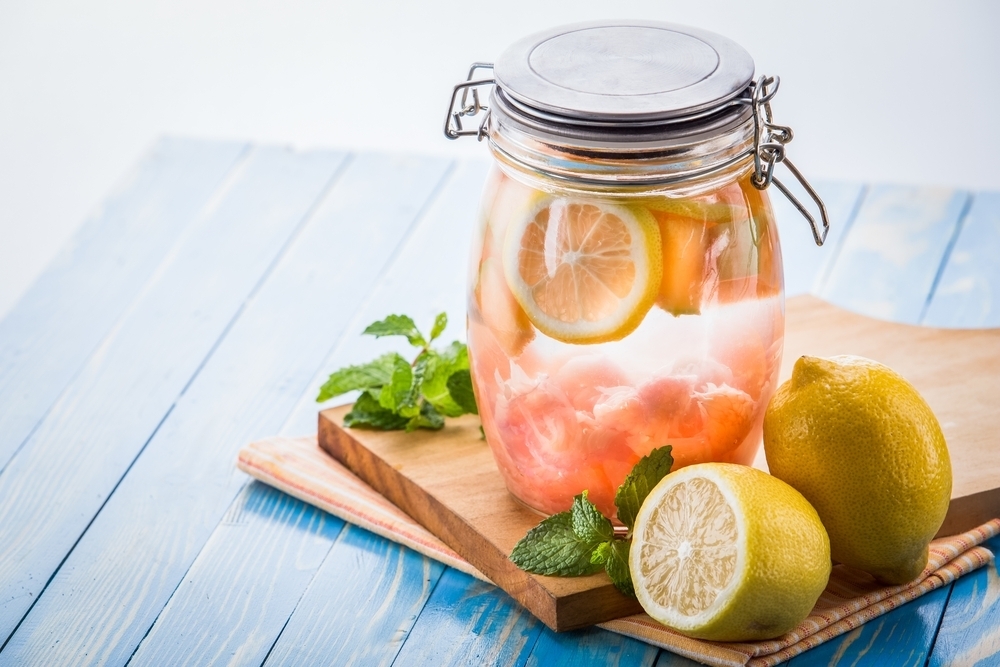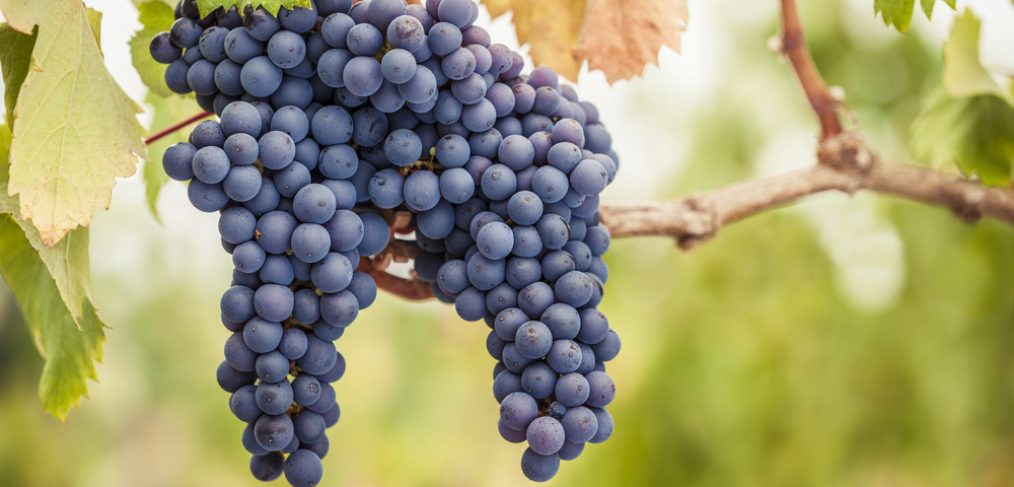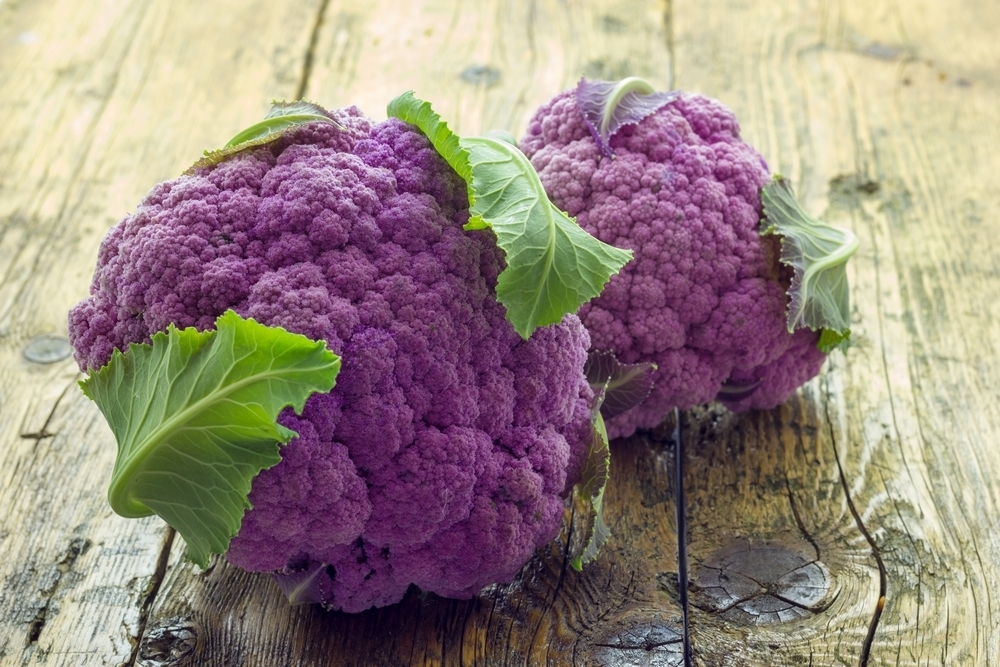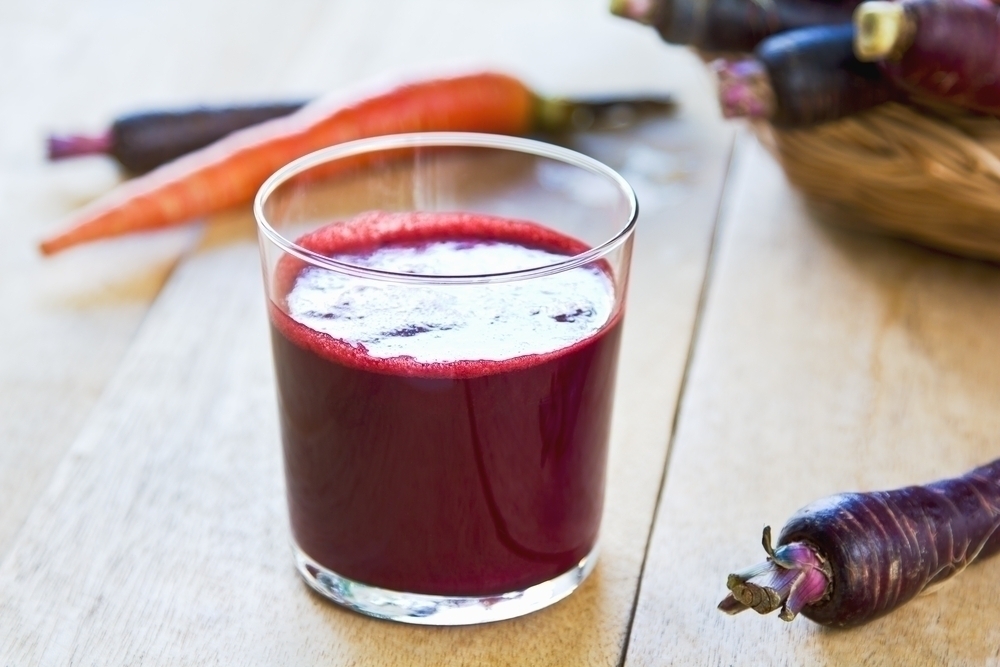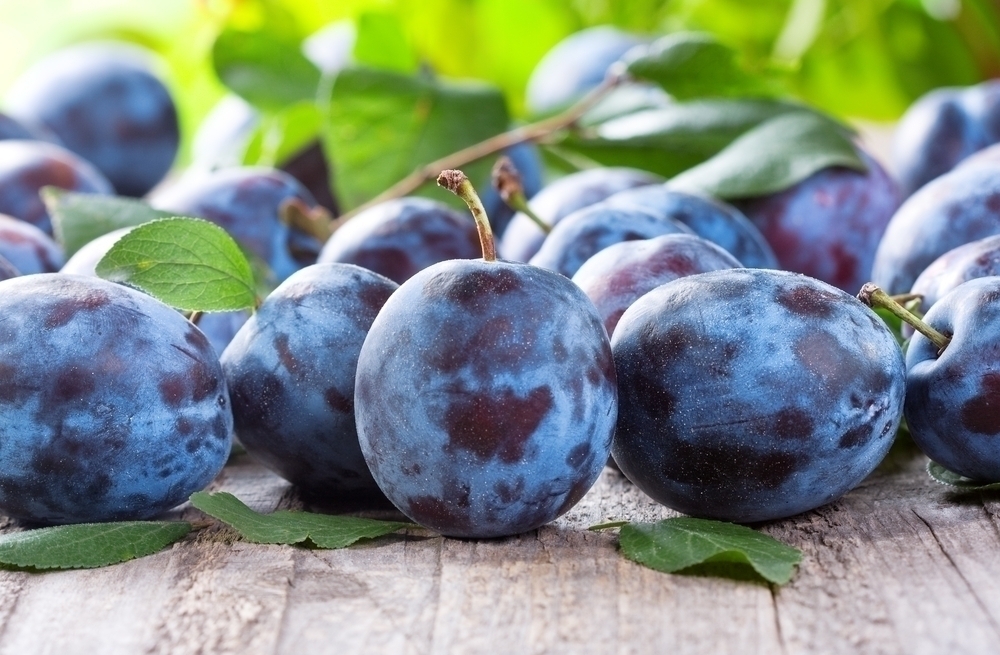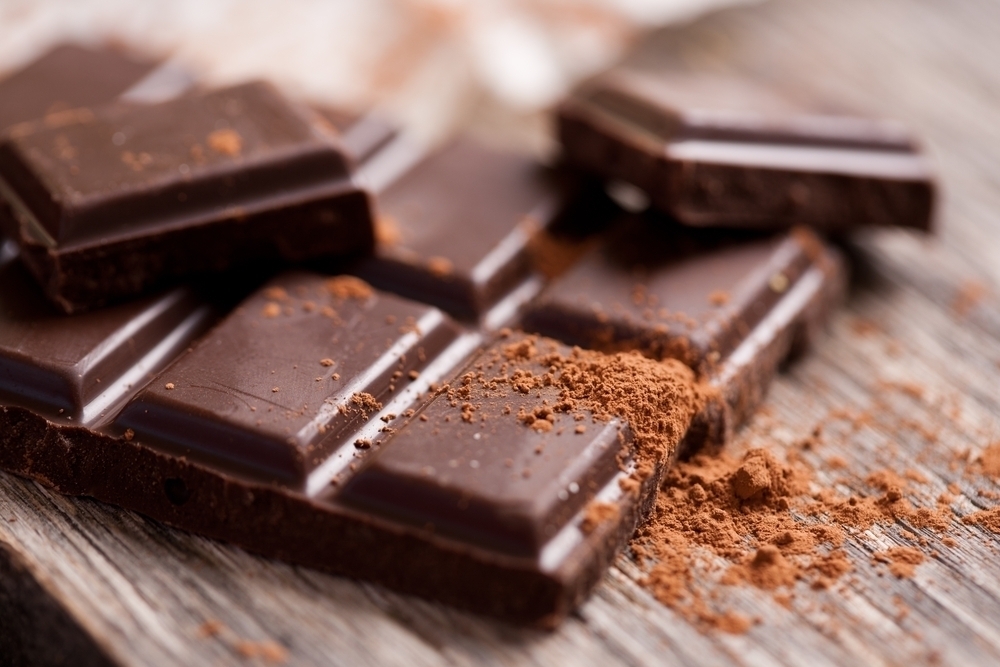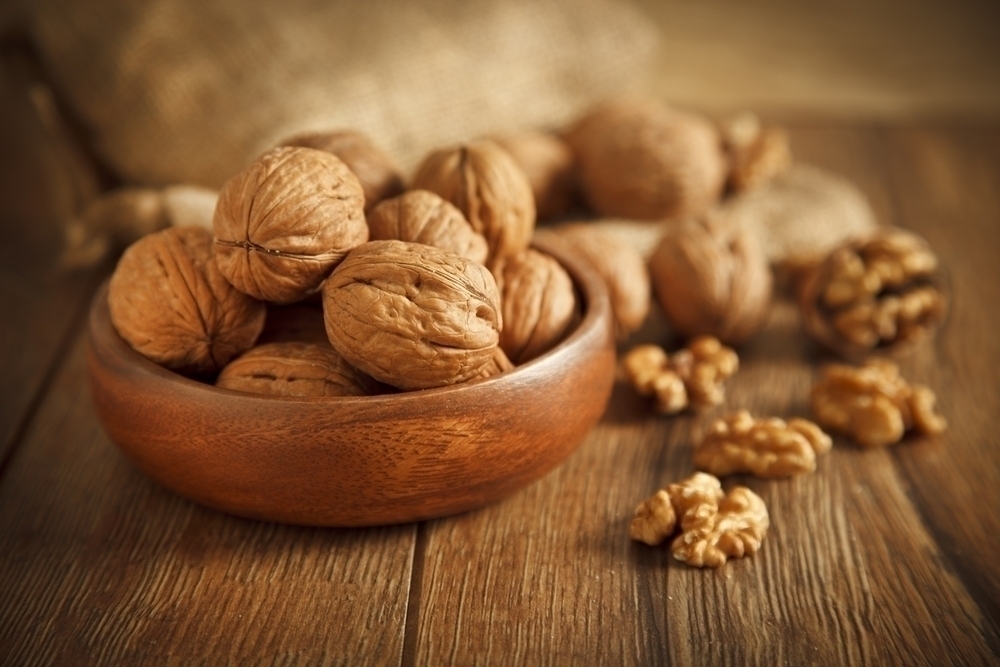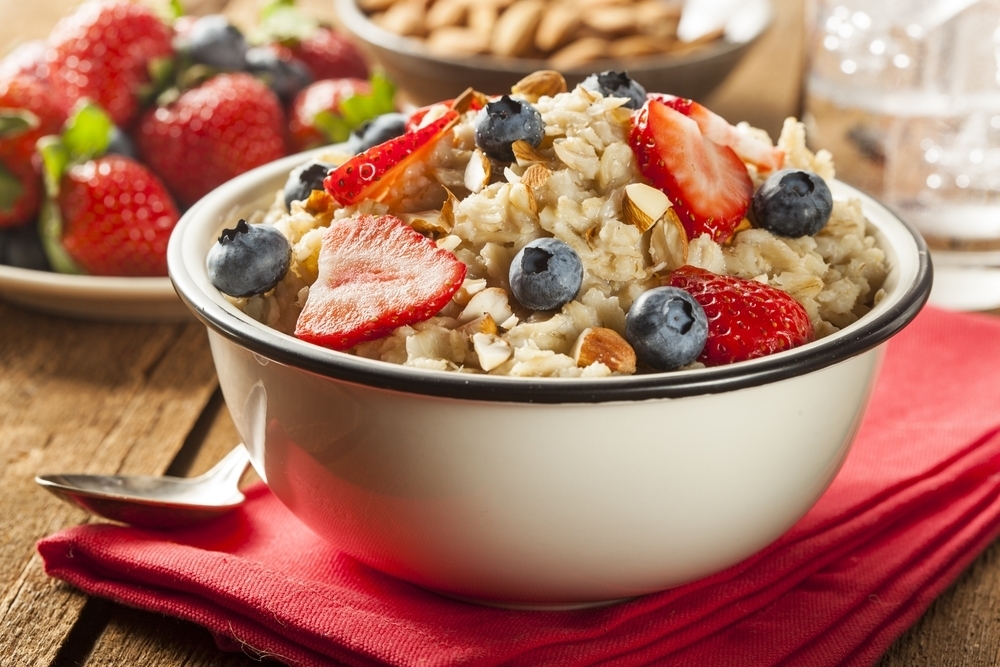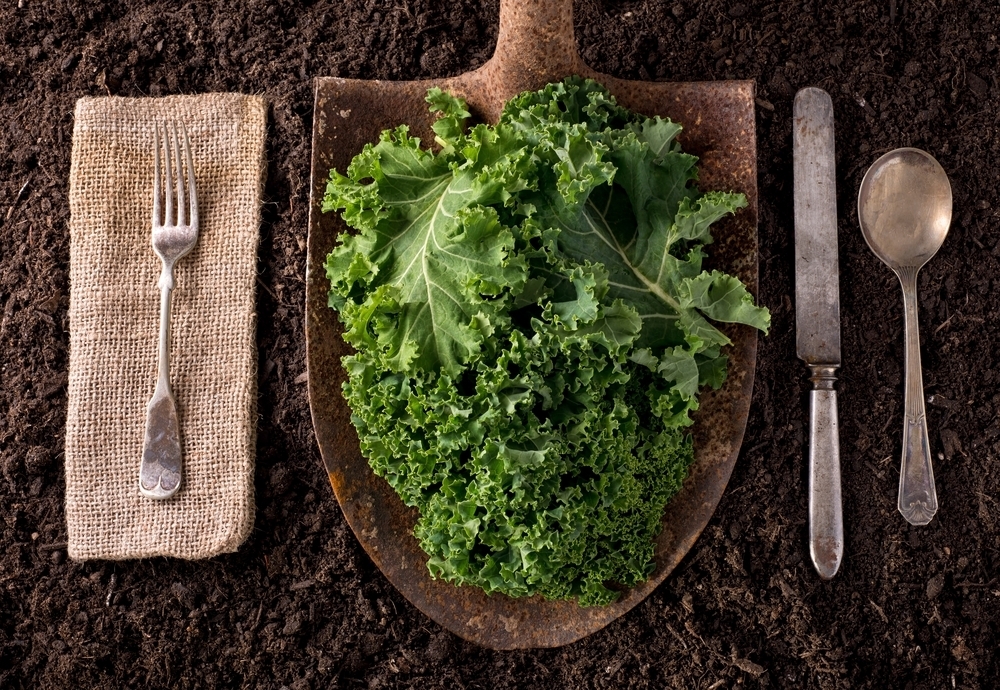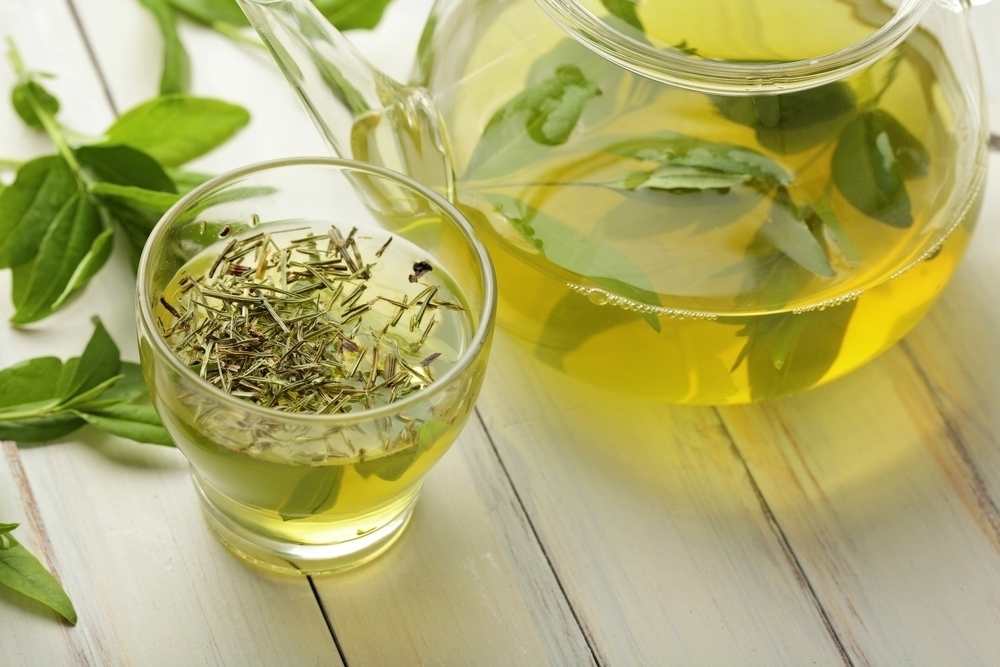You’ve probably heard a lot about fermented foods or seen some for sale at your local grocery or health food store. While the name doesn’t necessarily suggest appetizing eats, fermented foods are an excellent source of probiotics and aren’t as daunting as they may seem at first. Foods like pickles, sauerkraut and yogurt are all fermented foods that are easy, and delicious, to eat. But why eat fermented foods? Read on to find out exactly what you’re eating and why it benefits your body.
What are Fermented Foods?
During the process of fermentation, whether for beer or yogurt, yeast or bacteria feed on the natural sugars present in the food. These microorganisms create compounds such as alcohol or lactic acid that help in preserving the food. Fermented foods also gets filled with helpful enzymes and ‘friendly’ bacteria such as the ones found in probiotic products. This good bacteria works in a ways that “predigests” certain food compounds that your body may have difficulty with. Your body ends up better able to absorb the nutrients in foods and makes it easier to for your gut to process.
Why Fermented Foods?
Probiotics – There’s a reason that probiotics get so much attention; they are incredibly beneficial to your body as a whole. When you eat or drink fermented foods, your body receives good bacteria that goes right to work in your digestive system. As mentioned above, these bacteria aid in digestion and they also balance the bacteria levels in your digestive system.This leads to improved bowel health and helps strengthen the immune system.
Nutrient Absorption – While a healthy diet provides you with the essential vitamins, minerals and other nutrients your body needs, sometimes it is difficult for your body to absorb these nutrients. Properly balanced bacteria levels in your gut and the right amount of digestive enzymes significantly improves your body’s ability to absorb the vital nutrients from the foods you eat.
Weight Control – This benefit of fermented foods is not completely confirmed at this time. A study that was published in the International Journal of Obesity found that some types of probiotics promote weight loss. However, it’s best not to rely on the probiotics in fermented foods as a weight control measure because that same research also discovered other strains of probiotics actually encouraged weight gain.
DIY Friendly – Eating well can get expensive, but you don’t have to shell out tons of money on fermented foods, you can easily make them yourself. In fact, homemade fermented foods are most likely much better for you than store bought. When you make your own fermented foods, you are able to control the amount of salt that goes into the food, which is one traditional drawback of savory fermented foods. You also save money by not heading to the grocery store as much (fermented foods are an excellent way to preserve foods) and you may be able to cut out any probiotic supplements you may take.
Fermented Food List
Before you head to your local supermarket, be aware that most traditional fermented foods on the shelves, like pickles and sauerkraut, have probiotic bacteria. As Tuft’s University explains, “[m]ost fermented foods you can buy in supermarket jars or cans have been pasteurized and cooked at high heat, killing any friendly bacteria.”
Still, there are foods available that you can pick up on your next trip to the grocery store. Here are some of our favorite fermented foods.
- Tempeh – Tempeh is made from naturally fermented soybeans and is a great source of protein for those who don’t eat meat because it contains all the essential amino acids.
- Sauerkraut – One of the easiest DIY fermented foods, sauerkraut is made using just cabbage, water and salt.
- Yogurt – If you choose to buy rather than make your own yogurt, be sure you are buying products labeled with “contains live and active cultures” to get the benefit of probiotics.
- Kimchi – This fermented food is like sauerkrauts spicy brother and is a great way to add intense flavor to meals.
- Pickles – Another easy DIY fermented food, pickles are great for a quick and healthy snack.
The idea of eating fermented foods may be a bit daunting, but starting slowly you may find you prefer eating these foods over others. Yogurt or kefir, a fermented milk drink, are great ways to start trying fermented foods. Add your own fresh fruit or whole grains for a complete breakfast. Use tempeh in place of meat or serve sauerkraut as a tasty side dish. There are tons of ways to incorporate fermented foods into your diet and your body, and you, will be glad that you did.



